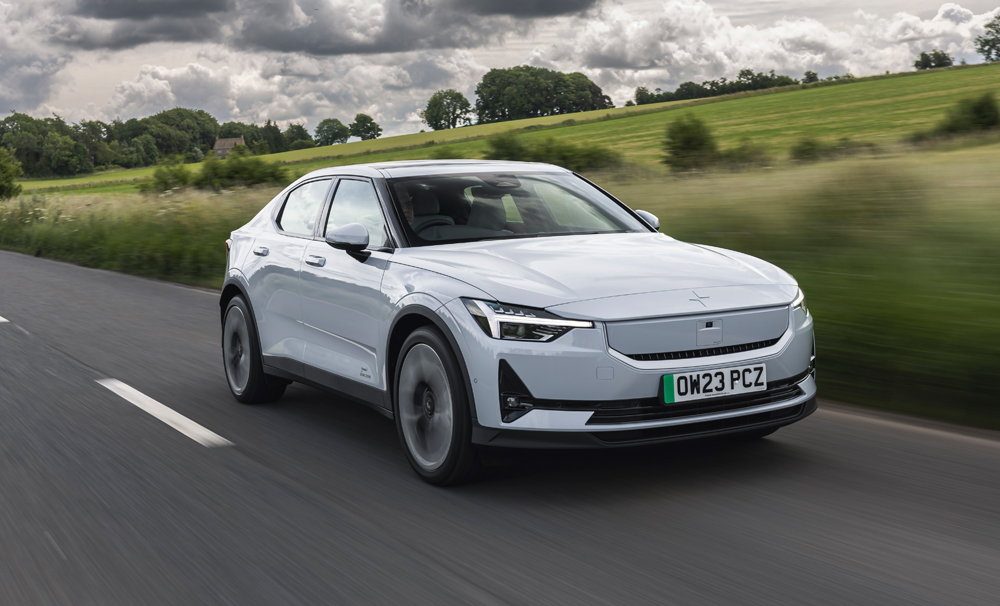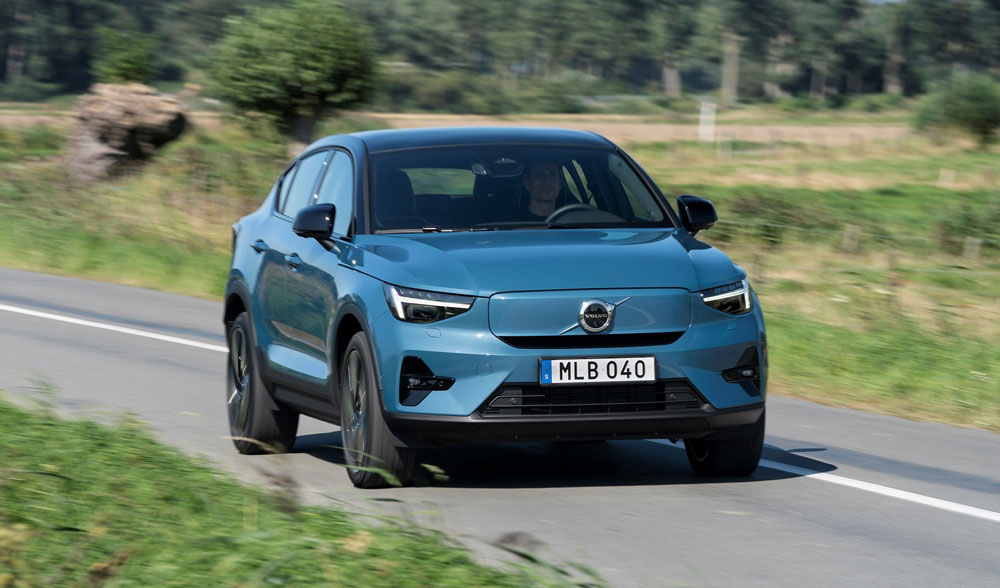
Volvo
C40
The Volvo C40 is the Swedish car maker’s first dedicated electric-only model. Based on the same platform as the XC40, the five-door coupe-styled model offers excellent driving range between charges, great handling and a wealth of on-board technology.
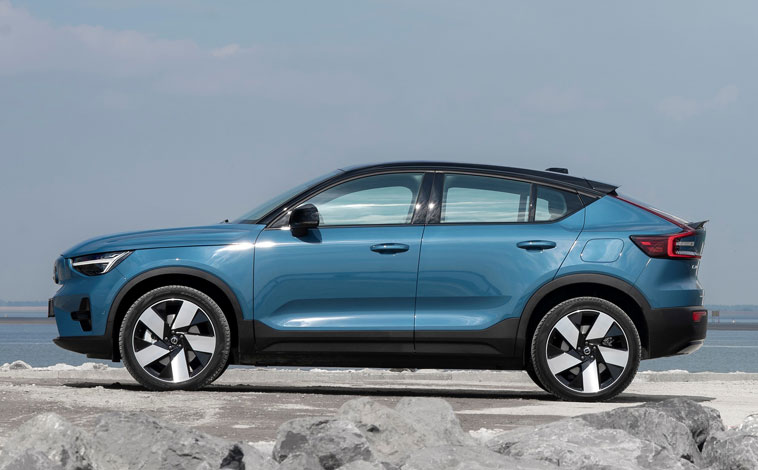
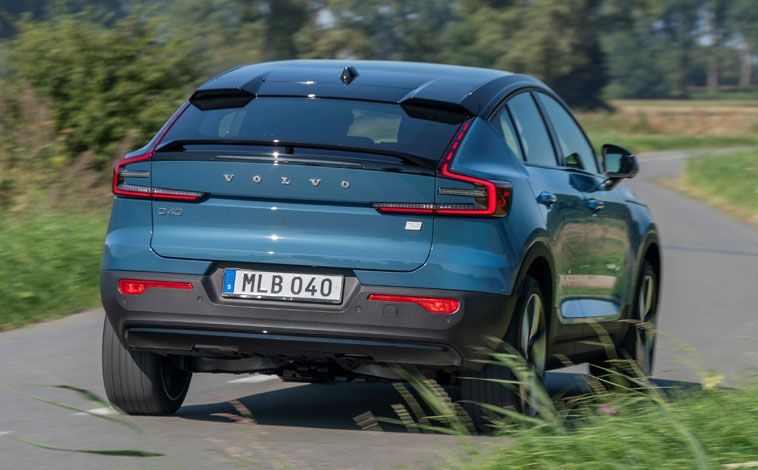
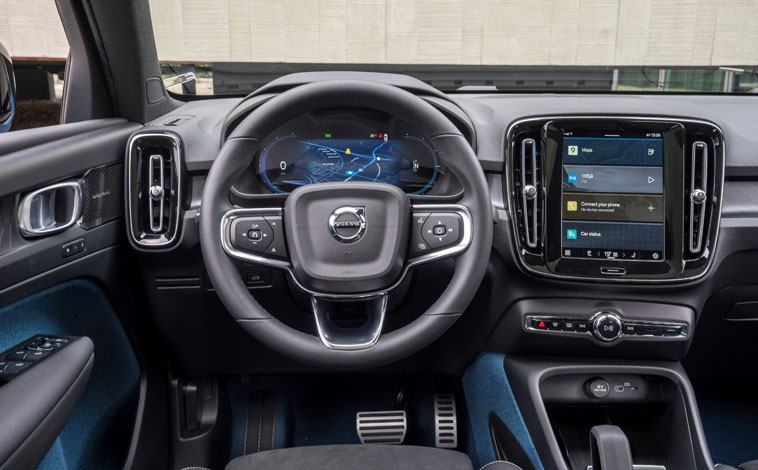
The good
Coupe-style EV that looks great, drives well and boasts a good rangeThe bad
Up against stiff competitionTech Specs
Test Drive
Volvo C40 – first drive (2021)
Volvo has a clear vision for the future with ambitious plans to be carbon neutral by 2040 and the all-new C40 is part of that blueprint.
The coupe-styled crossover is the first car to be developed by Volvo that will be available as a Battery Electric Vehicle only and with impressive range, along with rounded performance ability, it makes quite a statement.
The five-door C40 is built in Ghent, Belgium on the same Compact Modular Architecture (CMA) platform as the XC40 and Volvo has the likes of the Mercedes EQC and Audi Q4 e-tron in its sights as main rivals.
At launch, there is just one trim level to choose from called Recharge Twin pro with just one battery/motor combination, although other versions will be added in 2022.
The C40, which offers permanent all-wheel drive, costs £57,400 and features two 204hp motors, one on each axle, combining to deliver a very respectable 408hp and 660Nm of torque.
When it comes to performance, the car can complete the 0-62mph dash in 4.7 seconds and has a top speed of 112mph. But perhaps the most important figure in the current climate is the driving range, which is 273 miles between charges.
The C40 certainly looks the business and is built on the same fundamental building blocks as the XC40, but it has its very own personality and a sportier edge. At the rear, there are new signature tail lights with a block effect stretching all the way to the roof. These look really distinctive and there is a small rear spoiler.
There are the traditional Thor’s Hammer headlights, but the C40 adds pixel lighting too which deliver excellent levels of illumination but cleverly avoid dazzling oncoming motorists. There is no need for a grille and the roof tapers away to highlight the dynamic styling of the car. A black roof, mirror caps and wheel arches complete the look along with smart alloys.
Moving inside, the interior is clutter-free and, with sustainability in mind, features vegan upholstery, 3D dash panels that are backlit and look amazing at night, plus carpets that are made from 71 recycled plastic bottles.
As is the Volvo way, there is a wealth of high-end on-board technology to explore, including the very latest Google Android-based infotainment system. The sat nav is much faster and the voice activated command set-up is also impressive. The Google personal assistant can be summoned by saying ‘Hey Google’ and can be asked to complete a range of tasks so the driver can concentrate on driving.
The main focal point is the nine-inch portrait infotainment screen which is the nerve centre and there is also a 12-speaker Harmon Kardon sound system, powered and heated seats, a wireless charging pad, a heated steering wheel, a panoramic roof and much, much more.
One feature, noticeable by its absence though, is the start button. There isn’t one. You simply press the brake pedal, put the car into D for Drive and away you go.
The acceleration is instant and with a slick single-speed transmission, motorway speeds are quickly reached at which point the C40 cruises effortlessly at 70mph.
The vehicle is beautifully balanced on the open road with excellent levels of grip through sharper bends. The battery pack is positioned beneath the floor between the two axles and that results in a low centre of gravity and that in turn, means dynamic handling.
There is a ‘single-pedal’ drive mode that sharpens the levels of regenerative braking. This is ideal for busy city centres with lots of stop, start driving. Simply press the accelerator to go and lift your foot of the throttle to slow the car down without the need to touch the brake at all.
In addition, an off-road driving mode offers added grip in more adverse conditions or on more challenging surfaces.
Everything about the car is very driver-focused and the all-round visibility is also good, although the B pillars are quite wide when looking over your shoulder. The rear headrests conveniently fold forward at the push of a button when not in use which improves the view through the rear screen.
And with families in mind, the C40 can tow a trailer or caravan weighing up to 1.8 tonnes – the all-wheel drive system will also be a huge benefit when doing so.
As the battery pack is beneath the floor, there is no impact on passenger or boot space. There is enough room in the back of the C40 for two adults to sit comfortably or three if they don’t mind rubbing shoulders. The boot can swallow 489 litres, increasing to 1,205 litres with the 60:40 split-folding rear seats dropped flat.
There is additional storage space beneath the bonnet that has a 31-litre capacity and there are numerous convenient cubby holes and compartments scattered throughout the car to tuck away bits and pieces.
Charging the C40 takes about eight hours via the on-board 11kW (AC) charger, or plugging into a rapid 150kW DC charger will boost the battery up to 80 per cent in 40 minutes.
As is the Volvo way, the C40 is packed with safety kit and driver assist systems to help prevent collisions in the first place. The new features include a rear auto brake that detects anything behind the car and brakes if the vehicle is reversing towards it. In addition, the new Pilot Assist set-up gains an Emergency Stop function which was first seen on the XC40. This warns the driver if they are not holding the steering wheel and, if necessary, will bring the vehicle to a safe stop.
Customers can make use of the Volvo app to pre-heat the car, plan navigation routes to include charge points and much more.
And the way the car is sold is also new to Volvo. Traditional showrooms will have test cars and experts to offer advice, but the complete buying process is done online.
All in all, the C40 is a fabulous all-electric model that is a sign of things to come from Volvo. It has made it clear that by 2025, half of its vehicle sales will be electric and the company will only sell electric cars by 2030 with the final objective to be carbon neutral by 2040. And, in fairness, when Volvo makes ambitious plans, it is almost certain to happen.
Latest Related NEWS
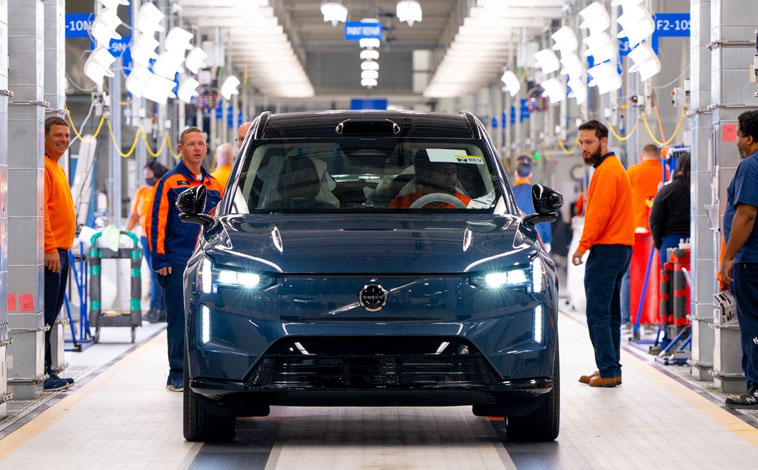
Volvo EX90 rolls off production line
Volvo is in a celebratory mood as its factory outside Charleston, South Carolina, [...]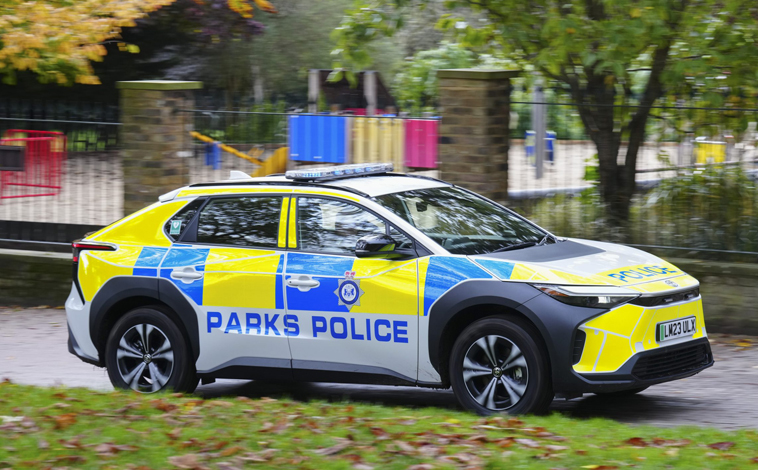
Toyota’s bZ4X is out on policing duties
The Toyota bZ4X has taken on its first “blue light” public service role, [...]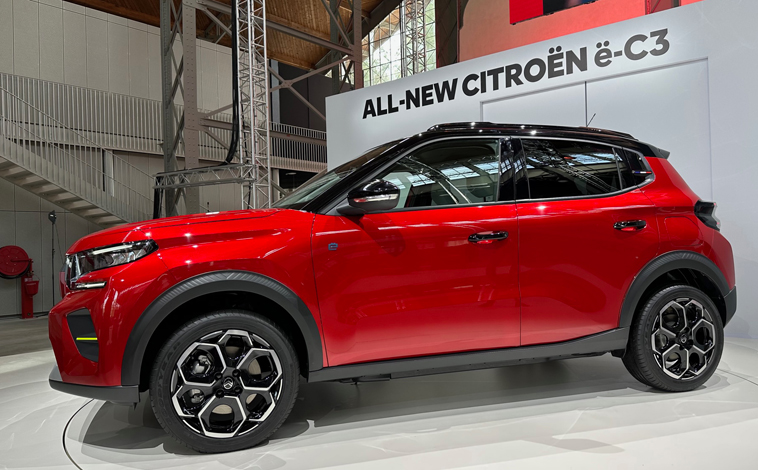
Citroen unveils its e-C3 game-changer
Citroen may not have reinvented the wheel, but it has certainly re-written the [...]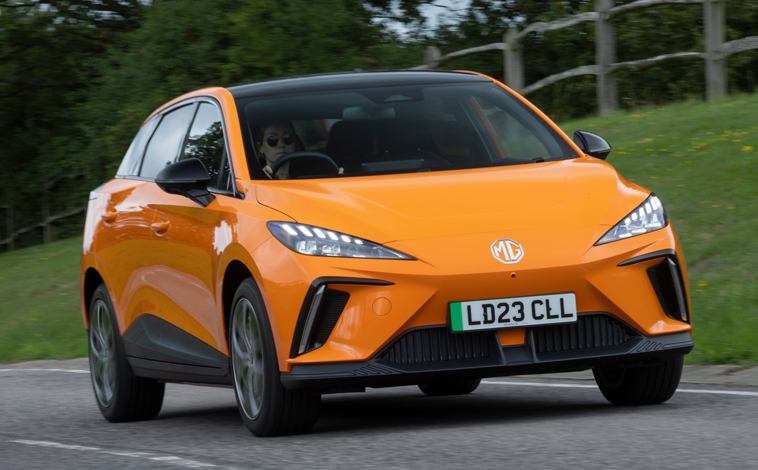
Latest MG4 EV can deliver 320-plus miles
MG has revealed the official pricing and specification of its new MG4 EV [...]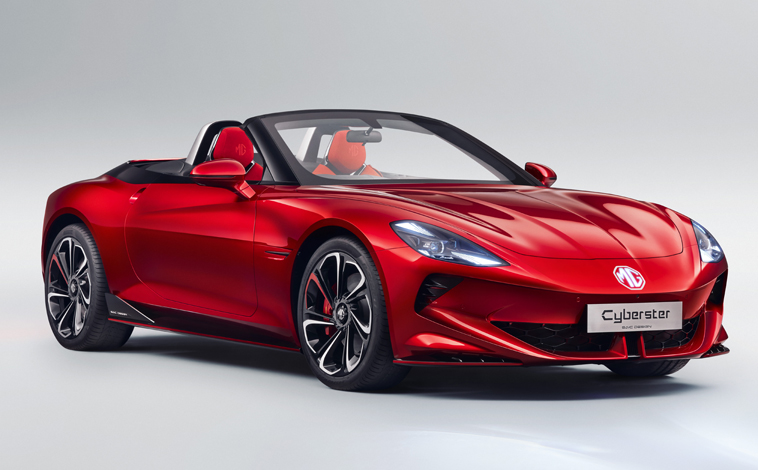
MG returns to its epic sports car roots
A pre-production design model of MG’s dramatic new sports car, the Cyberster, has [...]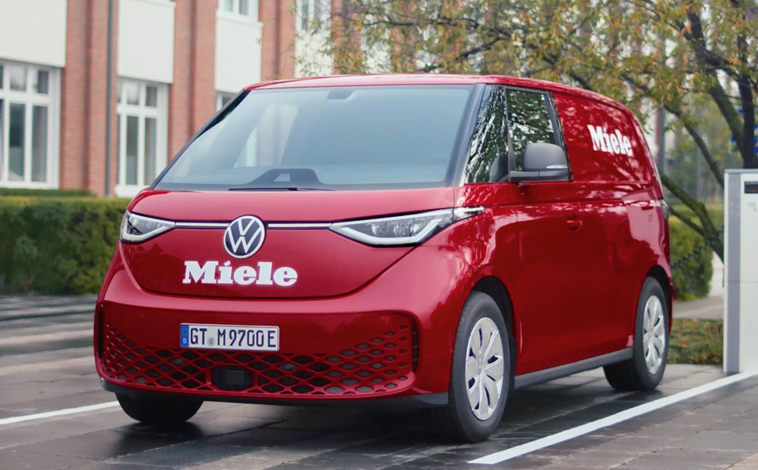
There’s a real Buzz about Miele vans
Premium household appliance manufacturer, Miele, has become the first customer to receive five [...]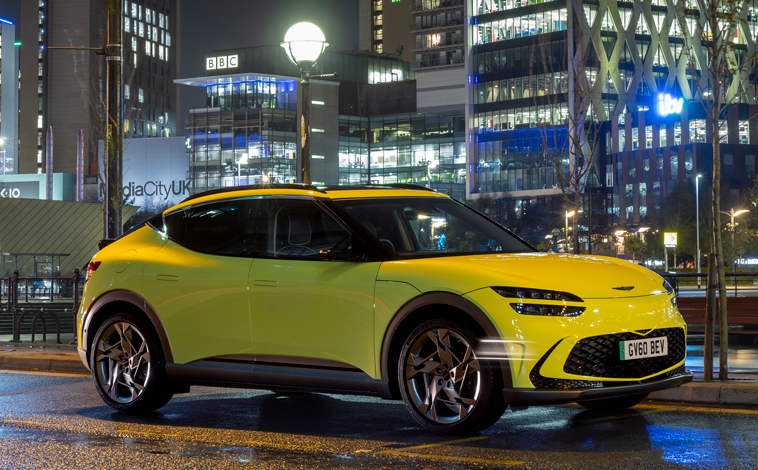
Genesis GV60 at the Salon Privé London
Luxury brand Genesis is the latest major car company to confirm its presence [...]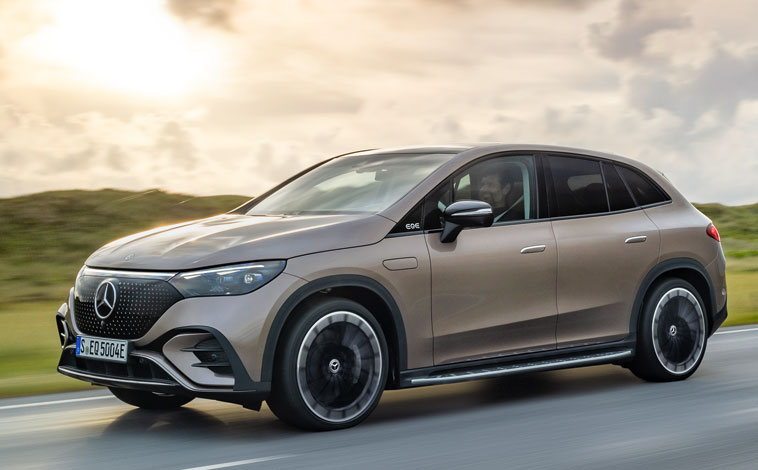
Mercedes electric EQE SUV on sale
The Mercedes-Benz EQE SUV is now on sale in the UK with prices [...]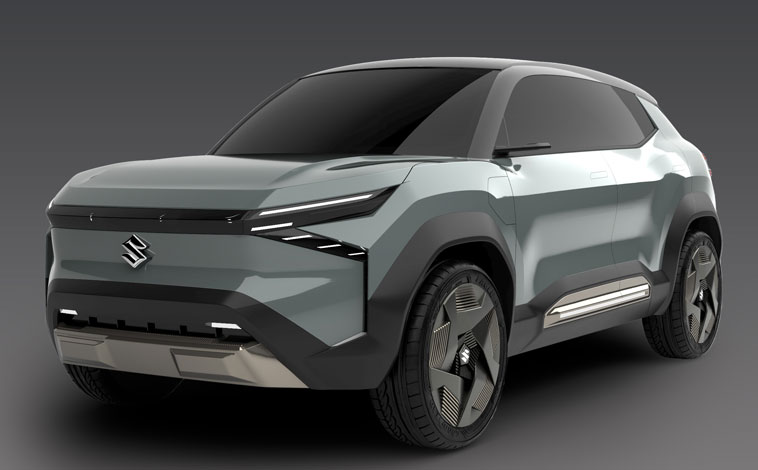
Suzuki’s EV concept car is unveiled
The world premiere of Suzuki’s EV concept model eVX has been made at [...]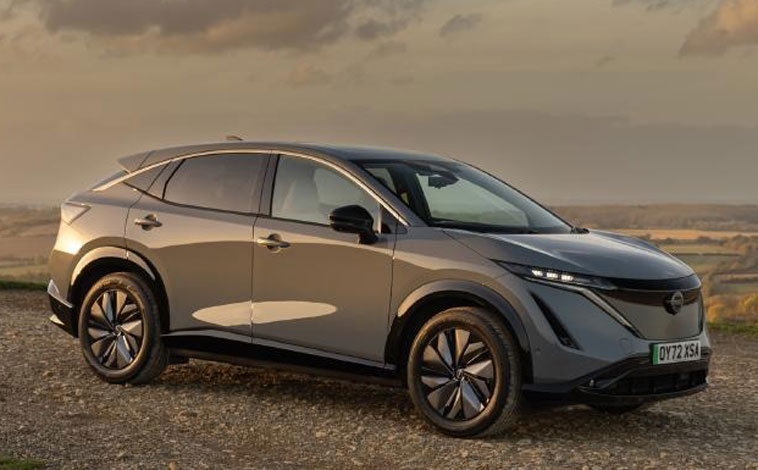
Nissan puts safety top of its priorities
Placing safety at the forefront of its ambitions, Nissan continues to push the [...]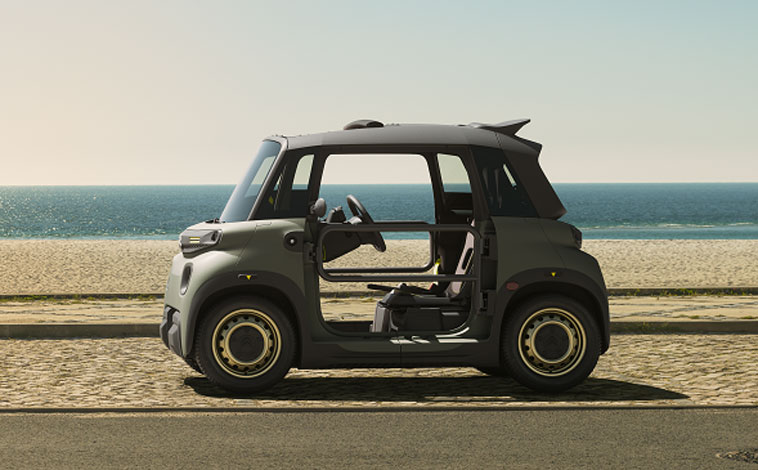
My Ami Buggy models are on their way
Citroën has announced that a limited run of just 1,000 My Ami Buggy [...]
Volvo launches new seven-seater EV
Volvo is launching a seven-seat SUV that is fully electrified and boasts all [...]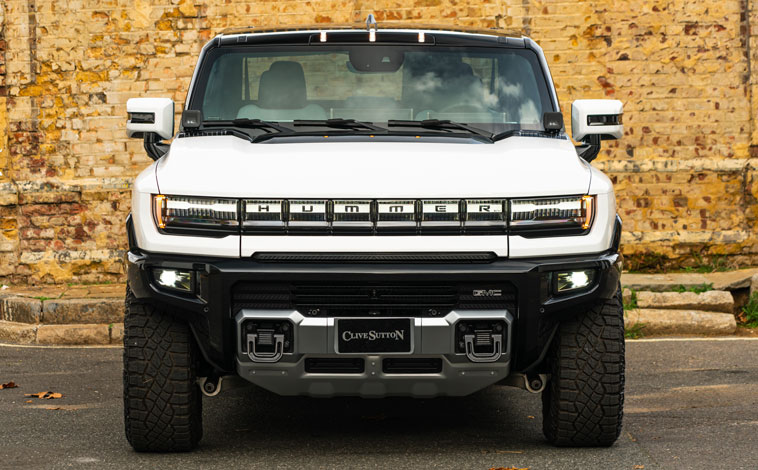
Introducing the mighty GMC Hummer EV
High-performance and luxury car specialist Clive Sutton has brought the first GMC Hummer [...]
Gridserve offers fastest EV charging
Gridserve has installed the UK’s fastest car charger for public usage at its [...]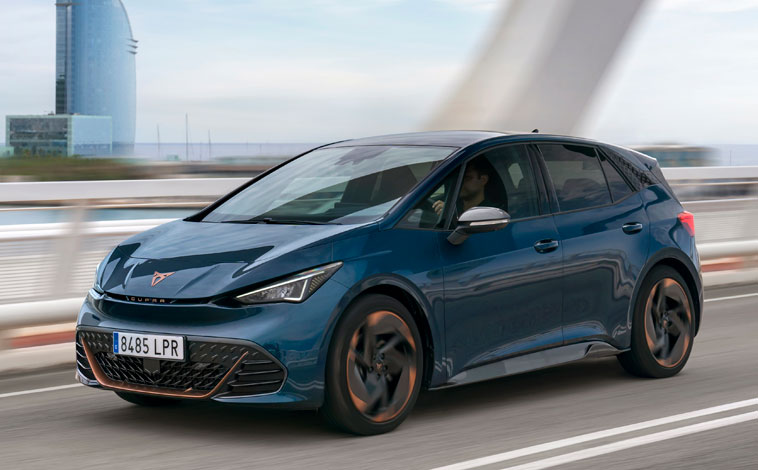
CUPRA Born gains top marks for safety
CUPRA Born, the brand’s first 100 per cent electric car, has secured a [...]
First UK images of stunning new MG4 EV
MG has revealed the first official UK images of its all-new MG4 EV, [...]Related Reviews
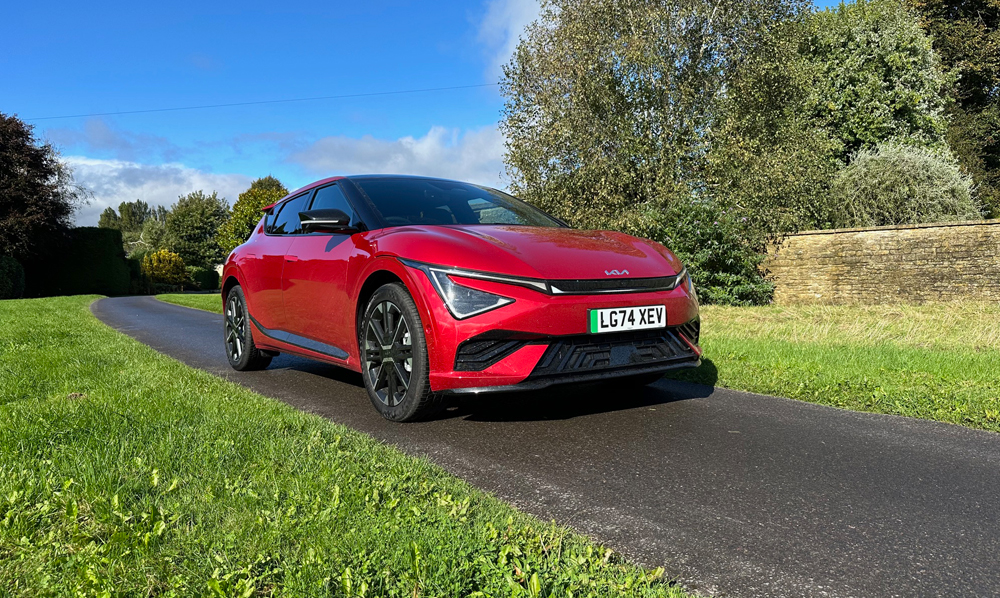
Highlighted Kia EV6
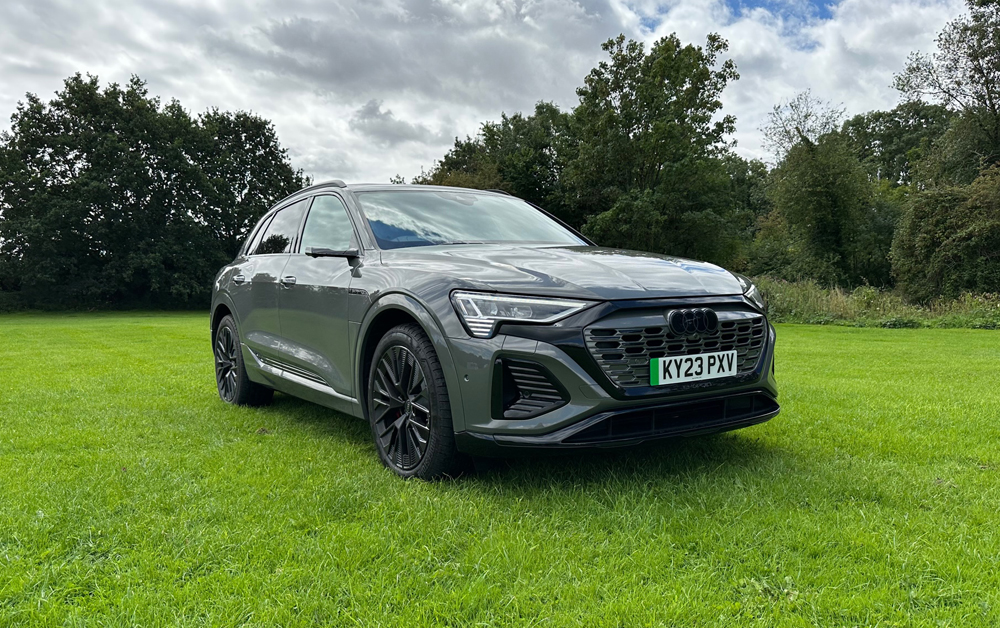
Audi Q8 e-tron
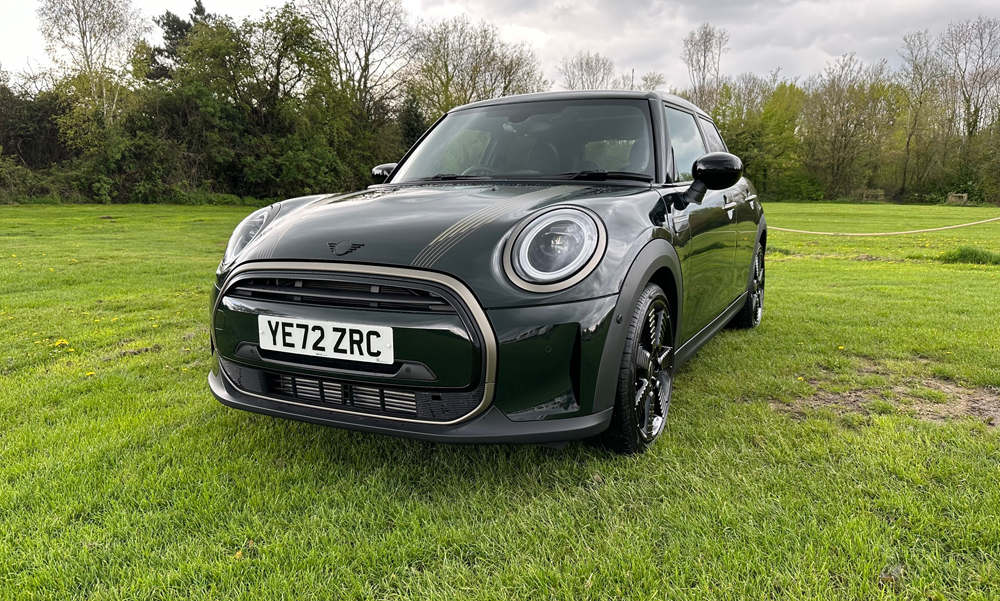
Mini Hatchback
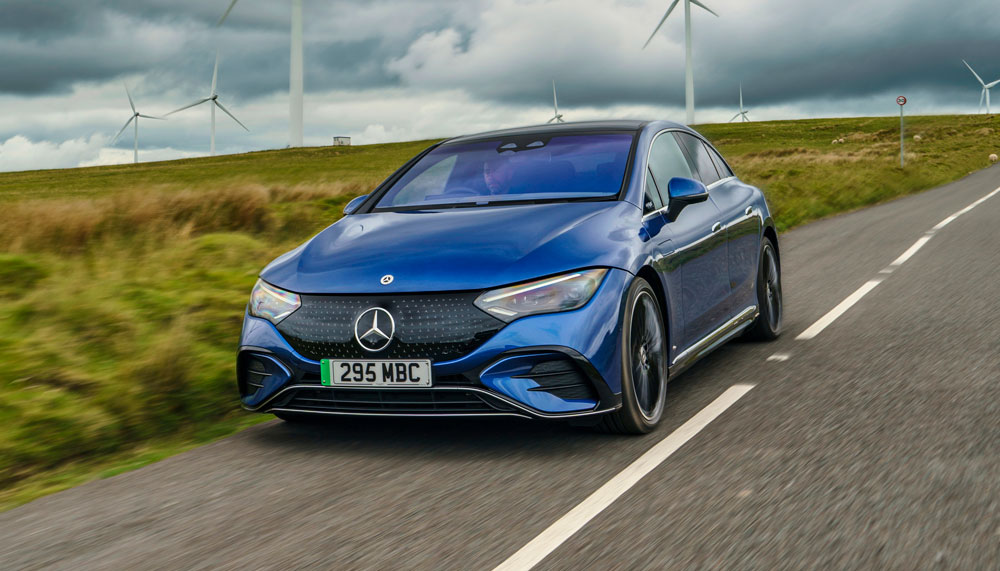
Mercedes-Benz EQE
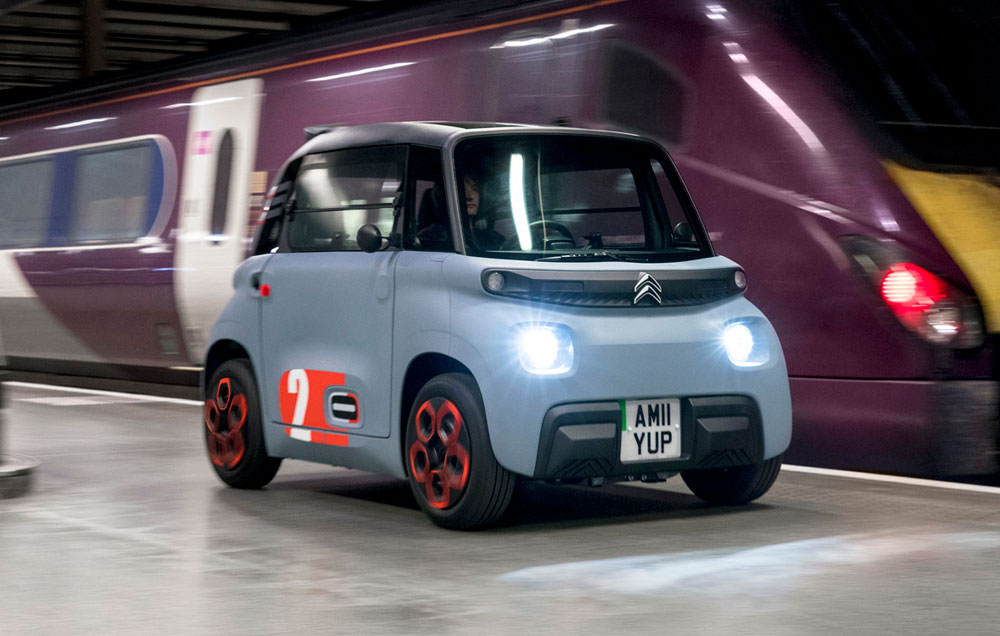
Citroen Feature Ami
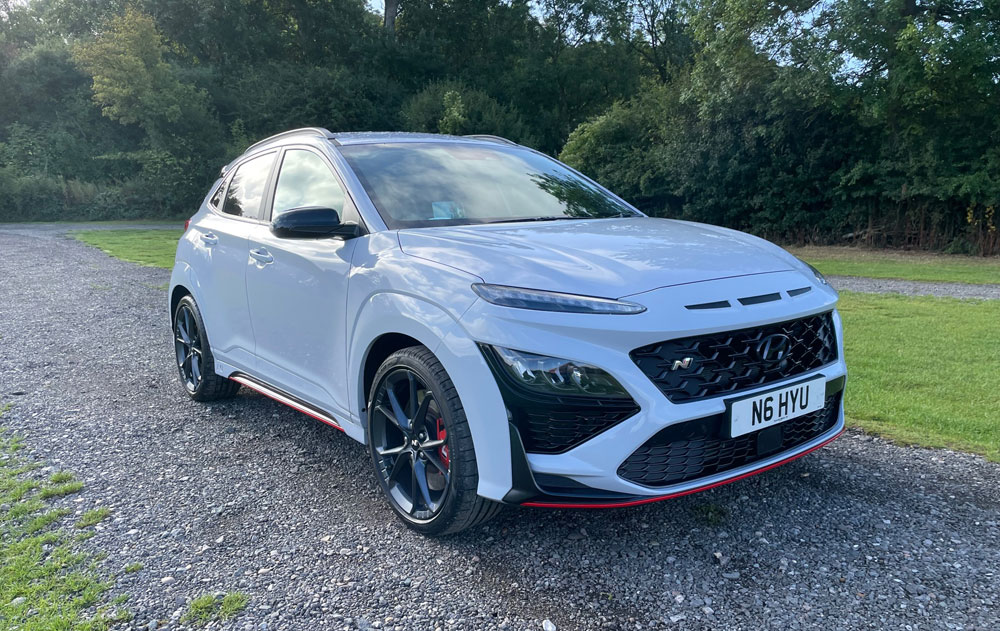
Hyundai Kona
Toyota Proace
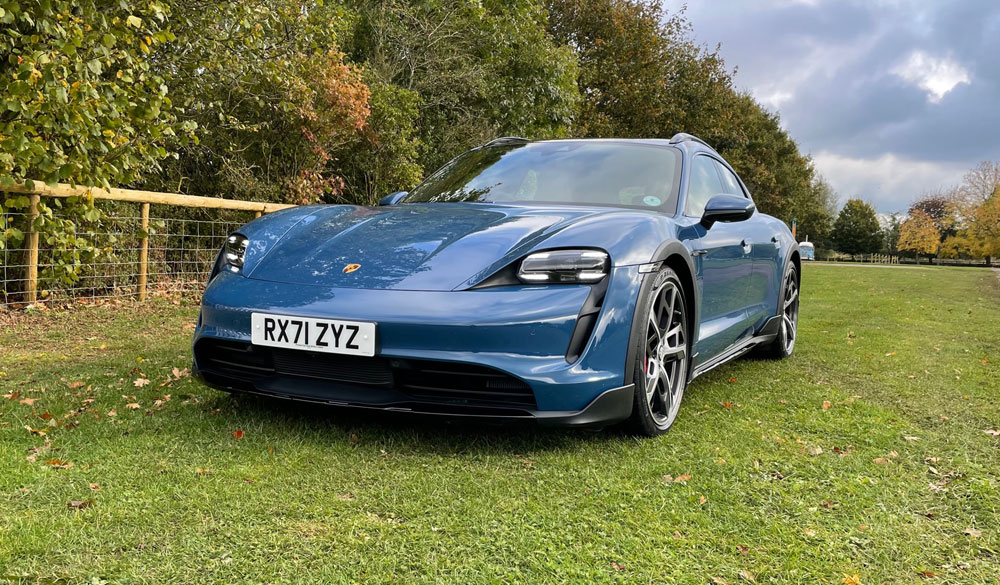
Highlighted Porsche Taycan
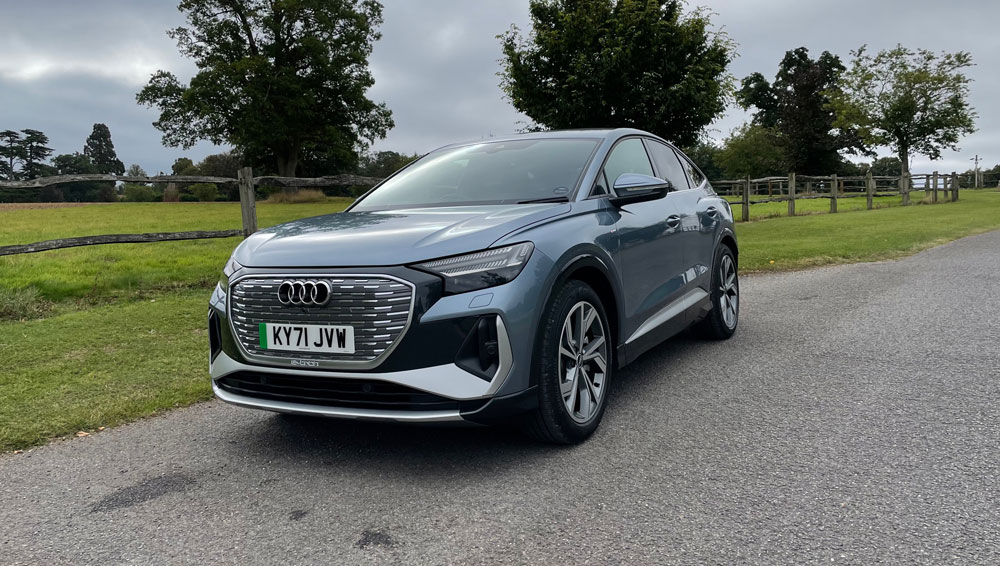
Audi Q4 e-tron
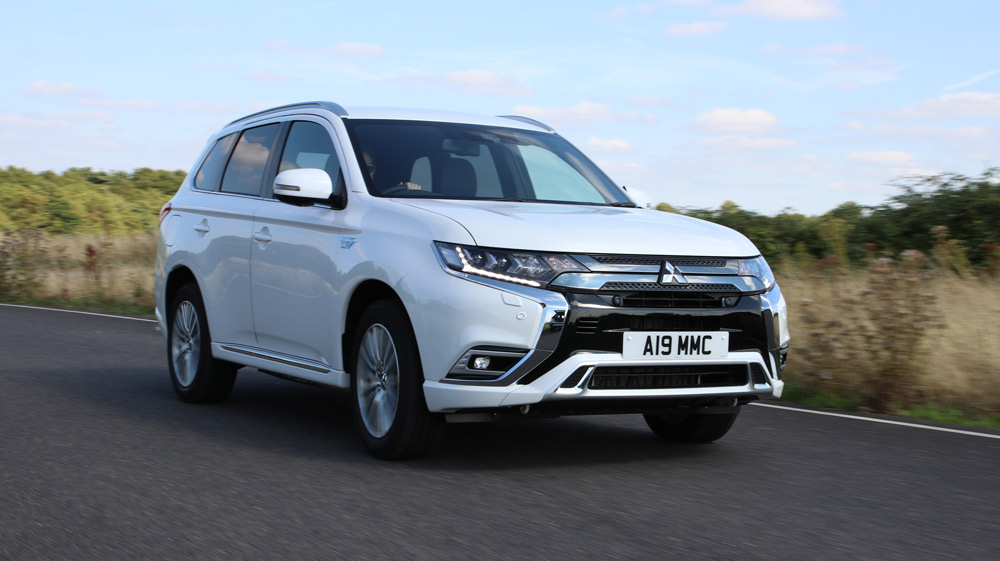
Mitsubishi Outlander
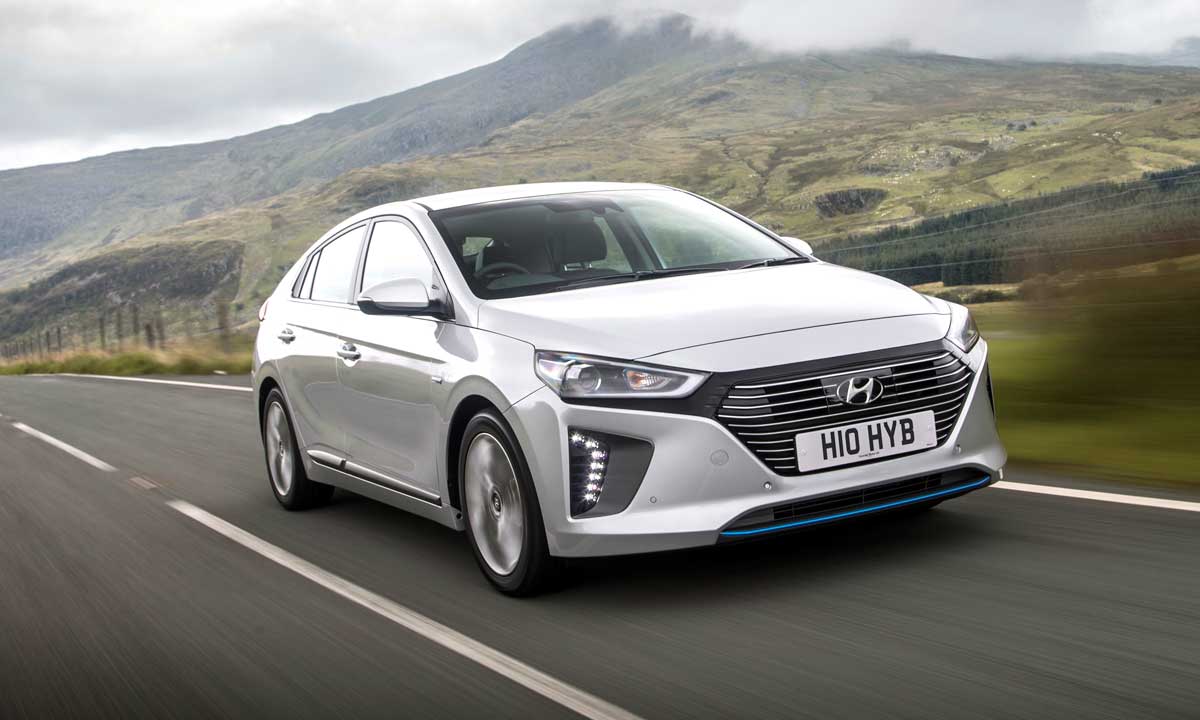
Hyundai Ioniq
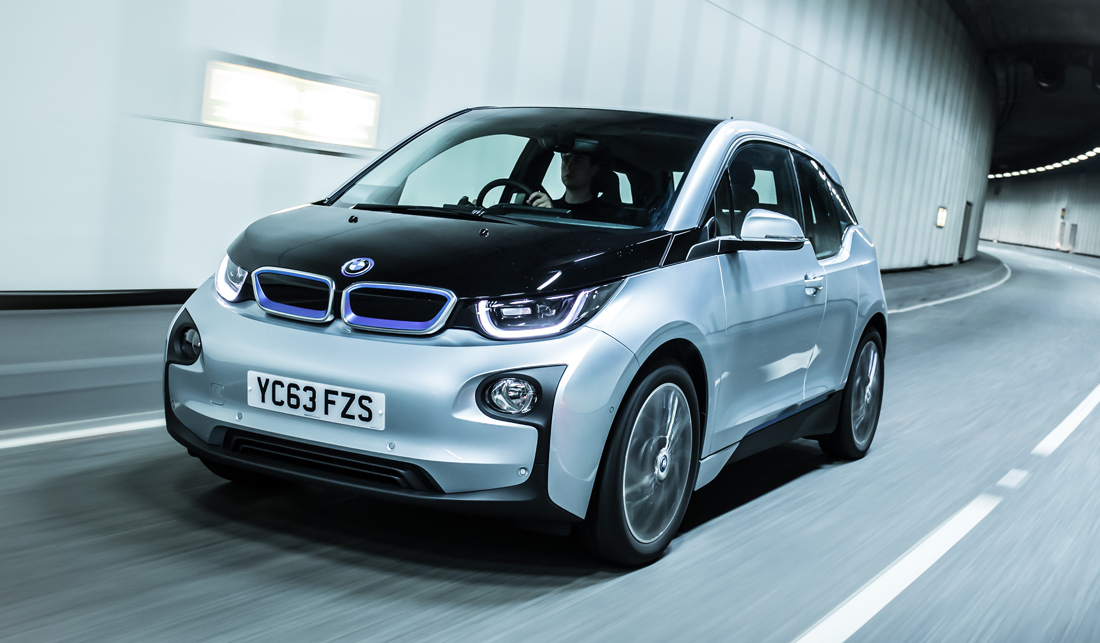
BMW i3
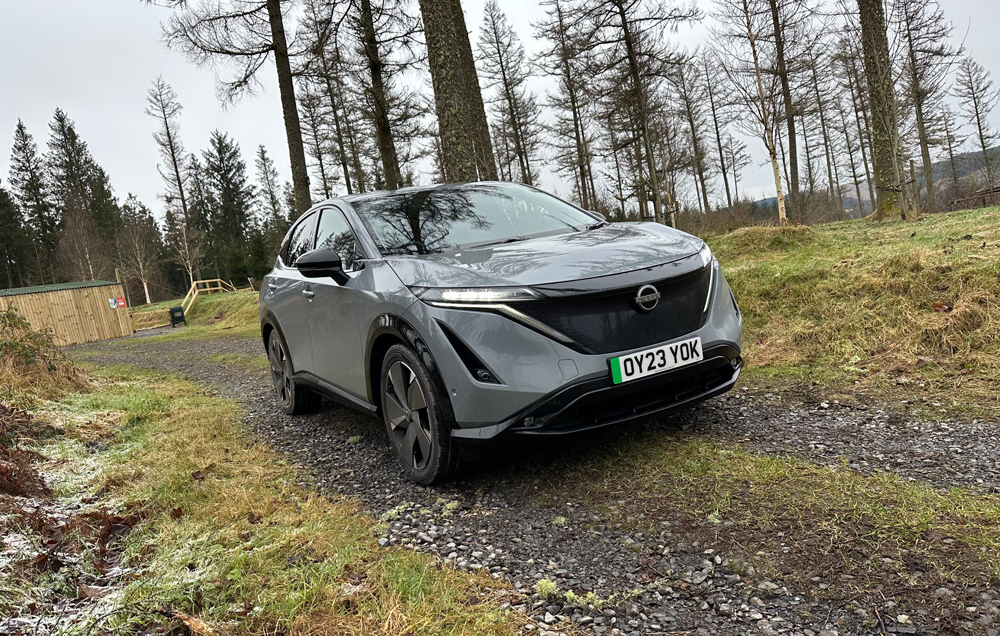
Nissan Ariya

Highlighted Kia EV6
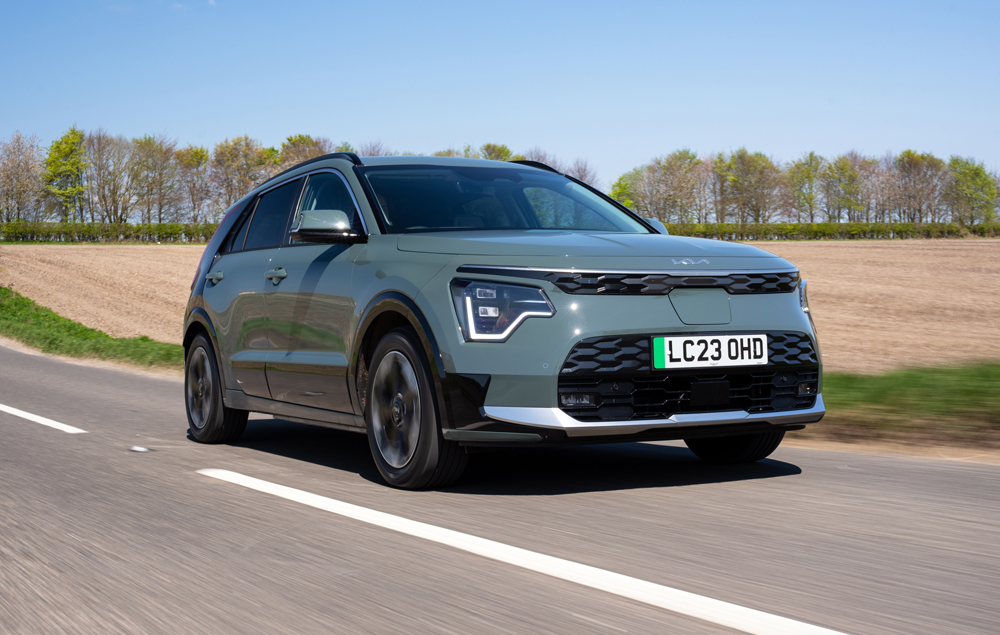
Kia Niro
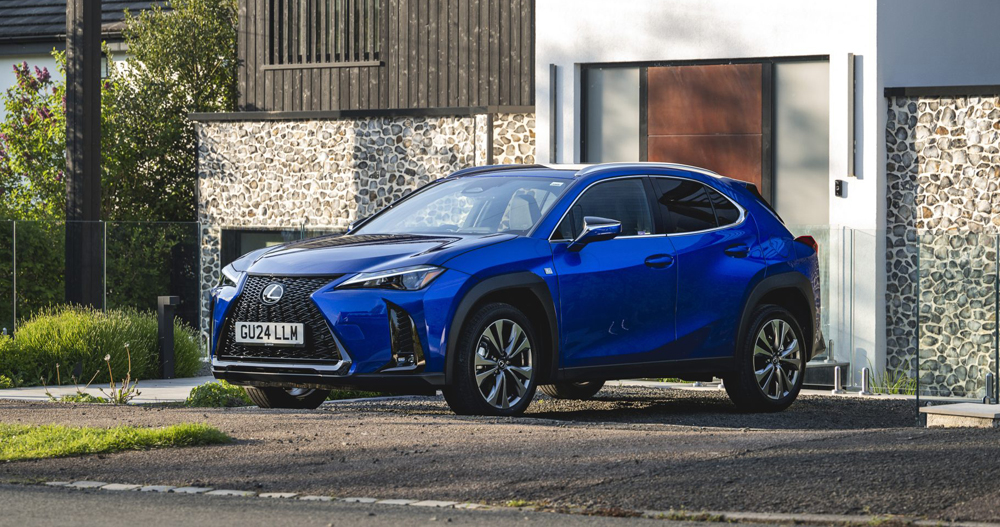
Highlighted Lexus UX
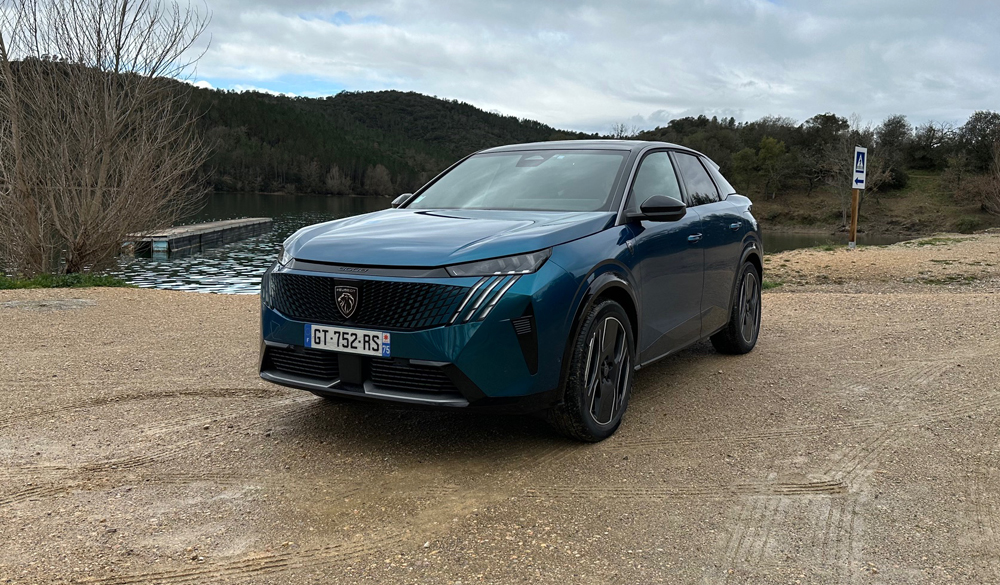
Highlighted Peugeot 3008/E-3008
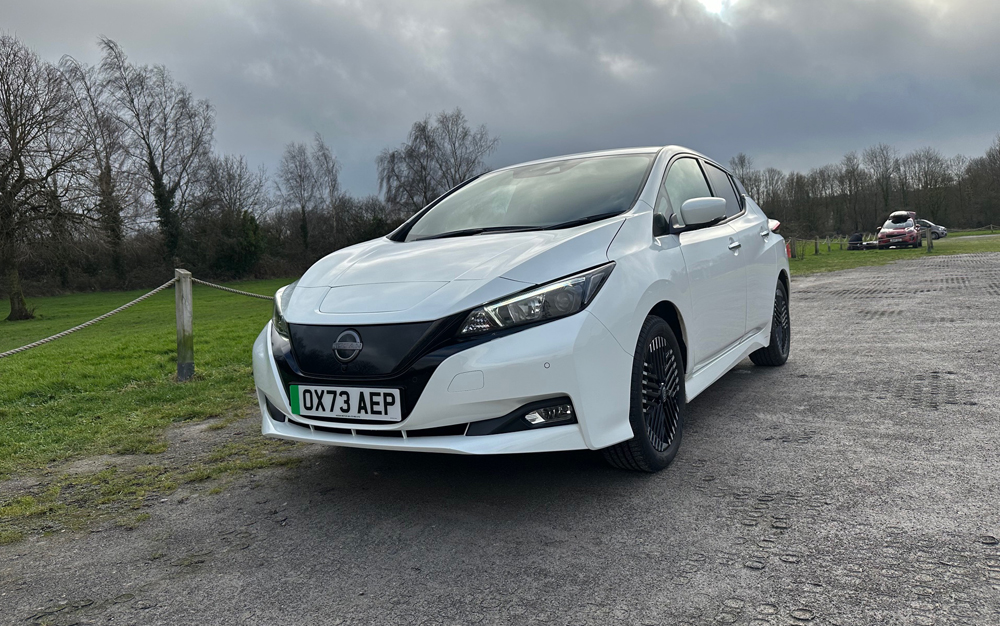
Nissan Leaf
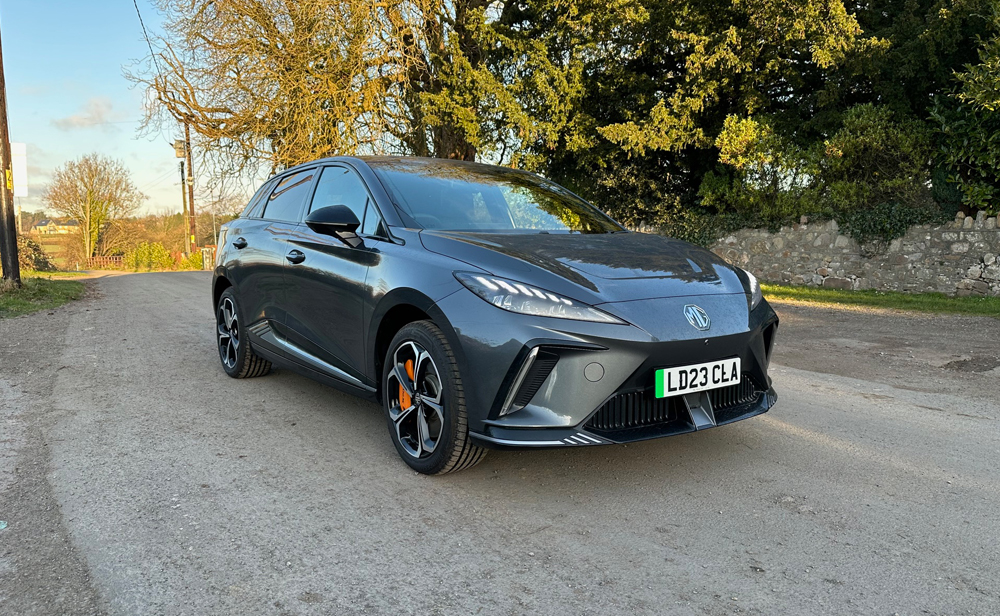
MG MG4
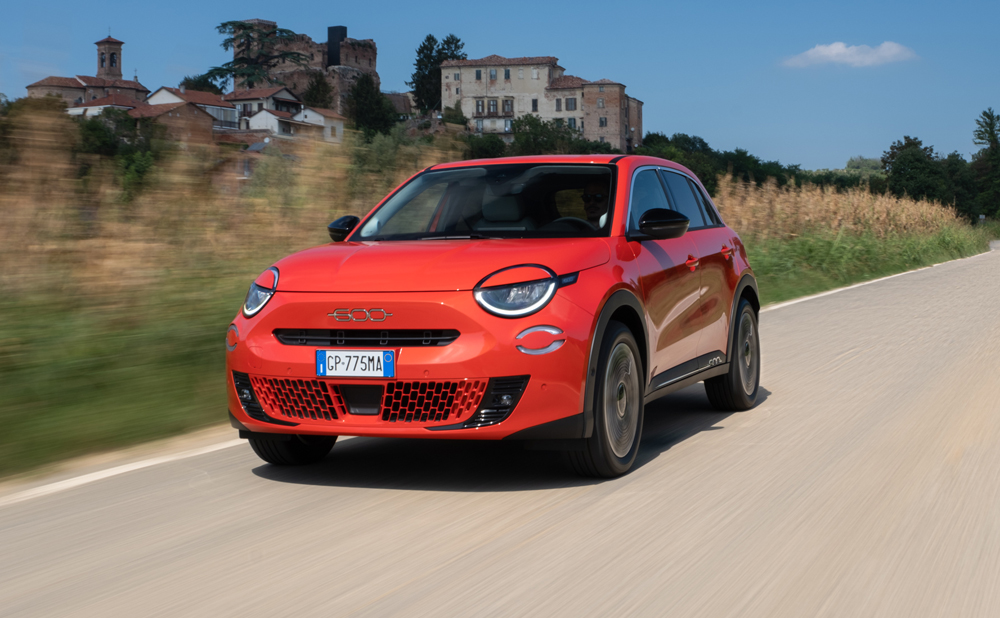
Fiat 600e
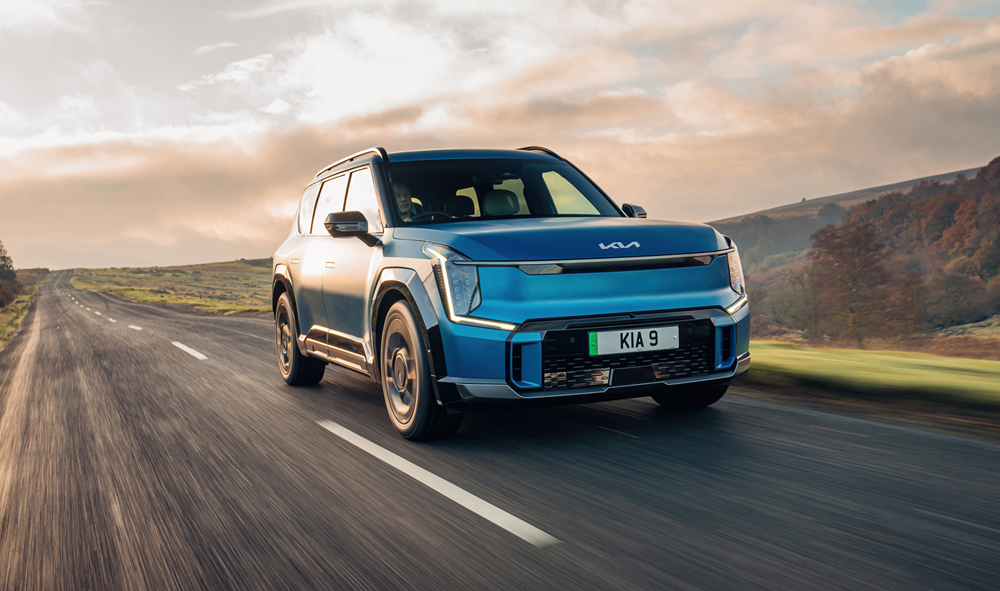
Kia EV9
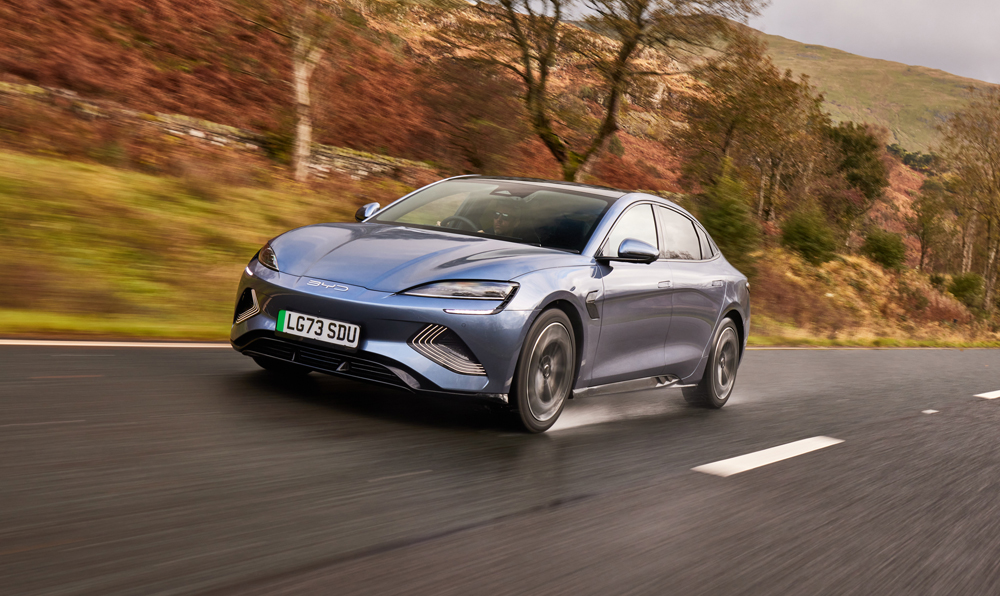
BYD Highlighted Seal
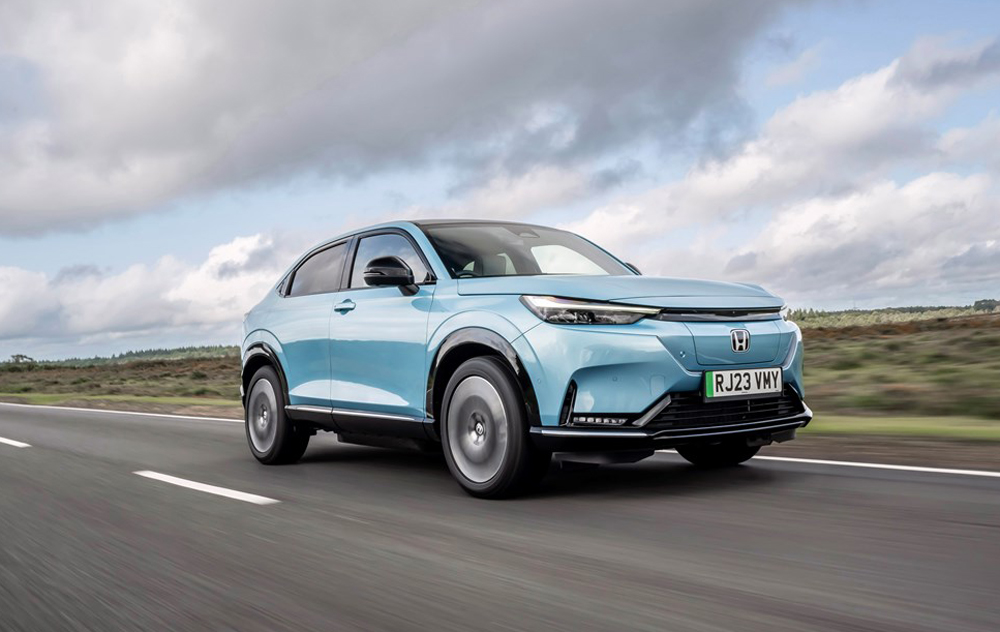
Highlighted Honda e:Ny1
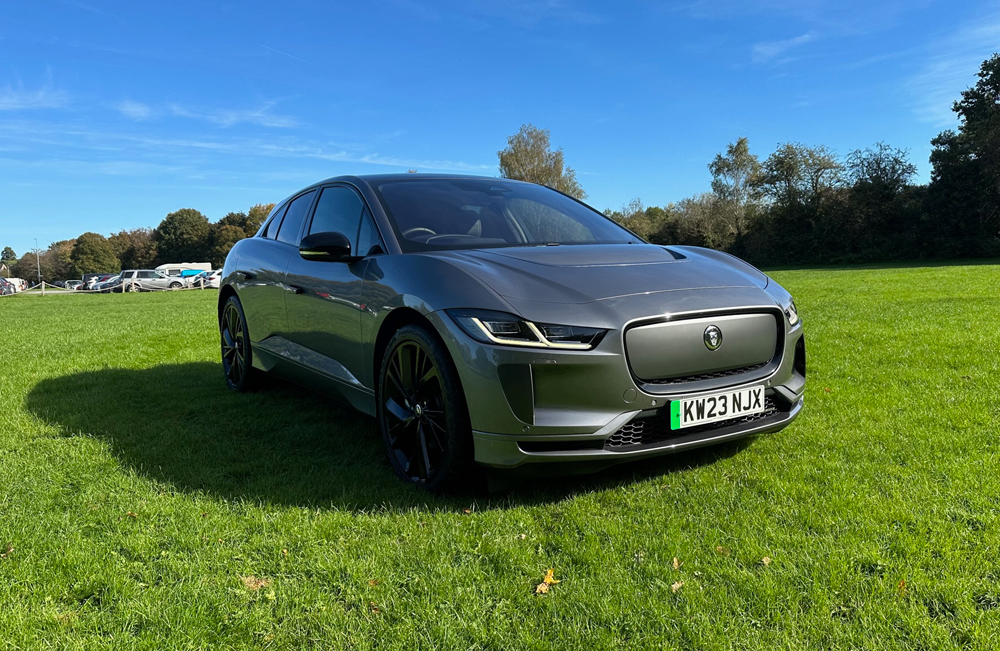
Jaguar I-PACE
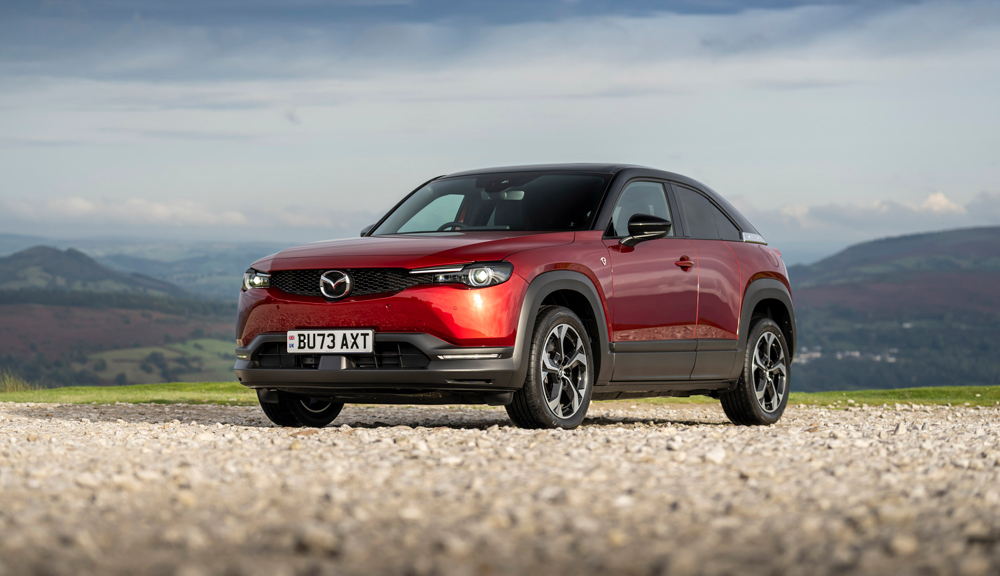
Highlighted Mazda MX-30

Audi Q8 e-tron
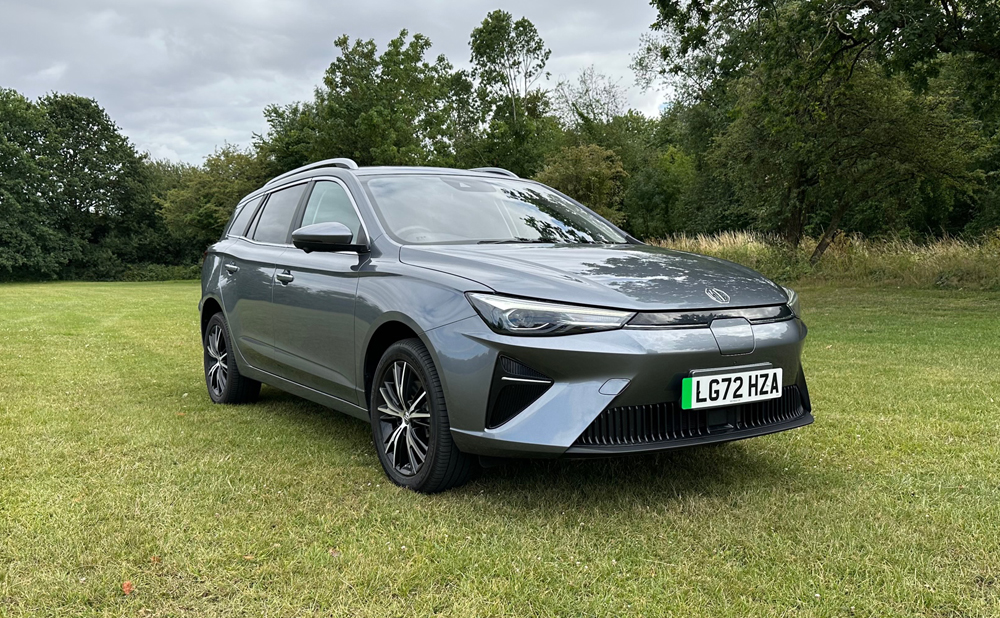
MG MG5 EV
